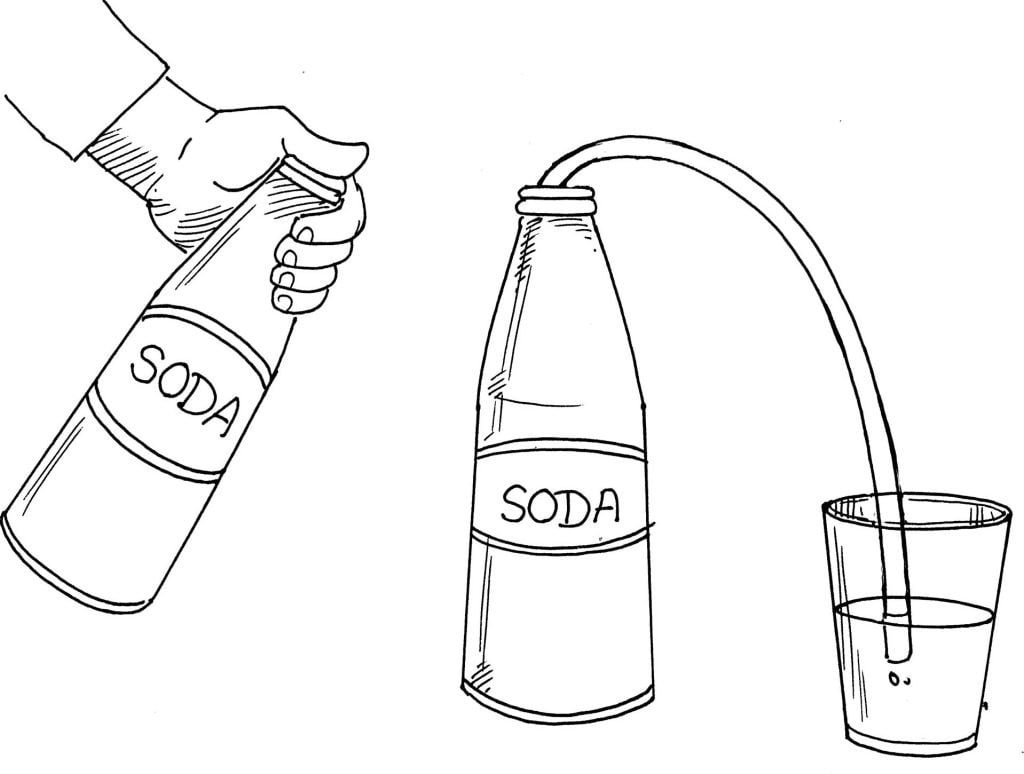
Making yeast produce carbon dioxide is the aim of this easy experiment.
Things Required:
Soda bottle
1 teaspoonful of sugar
1/2 package powdered yeast
9-inch balloon
18 inches of aquarium tubing
Modelling clay
Limewater (See experiment – Making Limewater for instructions.)
Directions:
Pour 1/2 package of yeast into the soda bottle. Fill the bottle one-half full with warm water. Add 1 teaspoonful of sugar to the bottle. Place your thumb over the mouth of the bottle and shake the bottle vigorously to mix the contents. Place one end of the aquarium tubing in the top part of the bottle. Use the clay to seal off the bottle and to hold the tubing in the bottle. Insert the free end of the tube into a glass that is one-half full with limewater. Observe periodically for several days.
This Is What Happens:
There is some foaming at first in the soda bottle. The bubbles of gas flow out of the tube into the lime-water. The limewater turns cloudy.
Science Behind It:
Yeast contains tiny plants that use sugar and oxygen to produce energy. In the process of producing this energy carbon dioxide is also formed. The cloudiness of the lime-water is proof that the bubbles produced by the reaction is carbon dioxide. Limewater only turns cloudy when carbon dioxide gas is bubbled through it.

